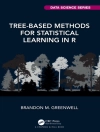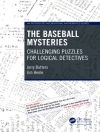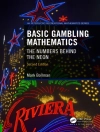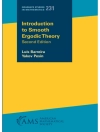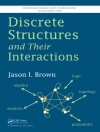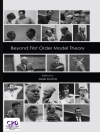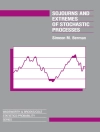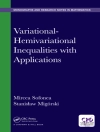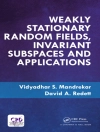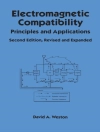Understanding the nature of random signals and noise is critically important for detecting signals and for reducing and minimizing the effects of noise in applications such as communications and control systems. Outlining a variety of techniques and explaining when and how to use them, Random Signals and Noise: A Mathematical Introduction focuses on applications and practical problem solving rather than probability theory.
A Firm Foundation
Before launching into the particulars of random signals and noise, the author outlines the elements of probability that are used throughout the book and includes an appendix on the relevant aspects of linear algebra. He offers a careful treatment of Lagrange multipliers and the Fourier transform, as well as the basics of stochastic processes, estimation, matched filtering, the Wiener-Khinchin theorem and its applications, the Schottky and Nyquist formulas, and physical sources of noise.
Practical Tools for Modern Problems
Along with these traditional topics, the book includes a chapter devoted to spread spectrum techniques. It also demonstrates the use of MATLAB® for solving complicated problems in a short amount of time while still building a sound knowledge of the underlying principles.
A self-contained primer for solving real problems, Random Signals and Noise presents a complete set of tools and offers guidance on their effective application.
Shlomo Engelberg
Random Signals and Noise [PDF ebook]
A Mathematical Introduction
Random Signals and Noise [PDF ebook]
A Mathematical Introduction
Cumpărați această carte electronică și primiți încă 1 GRATUIT!
Format PDF ● Pagini 236 ● ISBN 9781420007770 ● Editura CRC Press ● Publicat 2018 ● Descărcabil 3 ori ● Valută EUR ● ID 5696605 ● Protecție împotriva copiilor Adobe DRM
Necesită un cititor de ebook capabil de DRM


